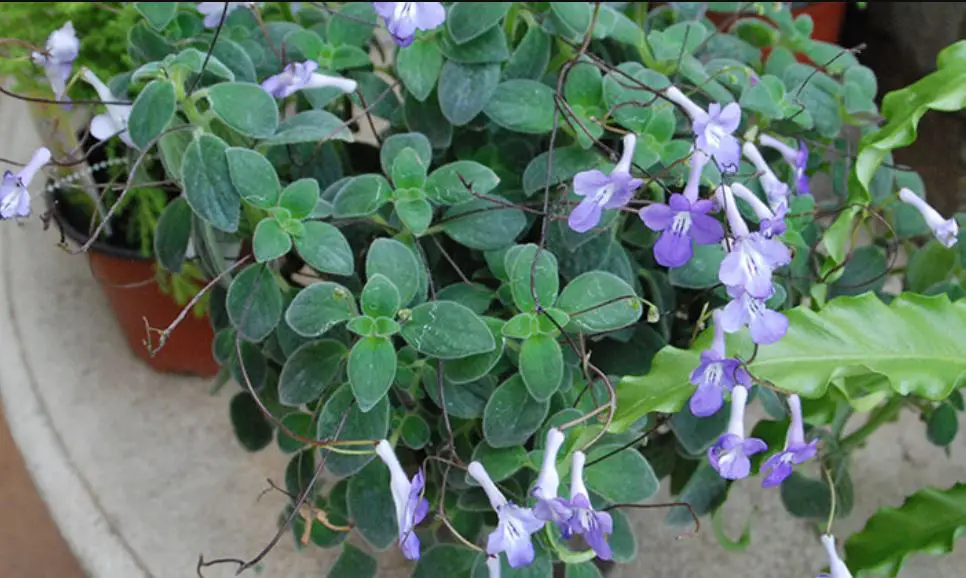One of the most popular plant species produced inside is tropical plants. These lovely plants provide gardeners with intriguing and dynamic foliage that may brighten up even the most depressing interior environments. Several plant varieties may even bloom inside in the winter, adding further decorative value. For instance, the Streptocarpella plant has the unusual capacity to bloom for a long time. Read more about Streptocarpella maintenance to assist farmers in keeping their plants looking beautiful all summer.

Growing Streptocarpella
Streptocarpella plant, a member of the Gerneriaceae family, is sometimes called fake African violet. Plants are often given as gifts or purchased throughout the winter months from garden centers by novice gardeners. These plants’ stunning blue blossoms and lengthy cascading growth habits often seduce gardeners. Streptocarpella ‘Concord Blue,’ one of the most widely used cultivars, is highly regarded for its usage as an annual in outdoor pots.
Delicate blooms positioned high above the plant on flimsy stems provide much-needed texture for both indoor potted plants and outdoor plantings. Streptocarpella plants spread out after they are established to provide a stunning cascade of foliage and blooms. According to many producers, false African violets bloom profusely in yards and on porches throughout the summer.
False African Violet Care
Although many members of this family might be challenging to cultivate, streptocarpella maintenance is not too complicated. Choosing a good quality, well-draining potting mix is the first step in providing proper streptocarpella care. While they may flourish in smaller containers like window boxes, plants will also require enough space for their roots to expand. Fake African violet maintenance requires close attention to the plant’s lighting requirements. These plants perform best outside in areas with plenty of direct yet indirect sunshine.
Regular watering will be necessary to keep soils constantly wet, particularly during extended hot weather spells. False African violets are highly susceptible to cold since they are tropical plants. All plants should be kept inside until the temperature rises over 55 degrees F (13 C.). This will aid in preventing leaf damage, yellowing, and even dieback.

